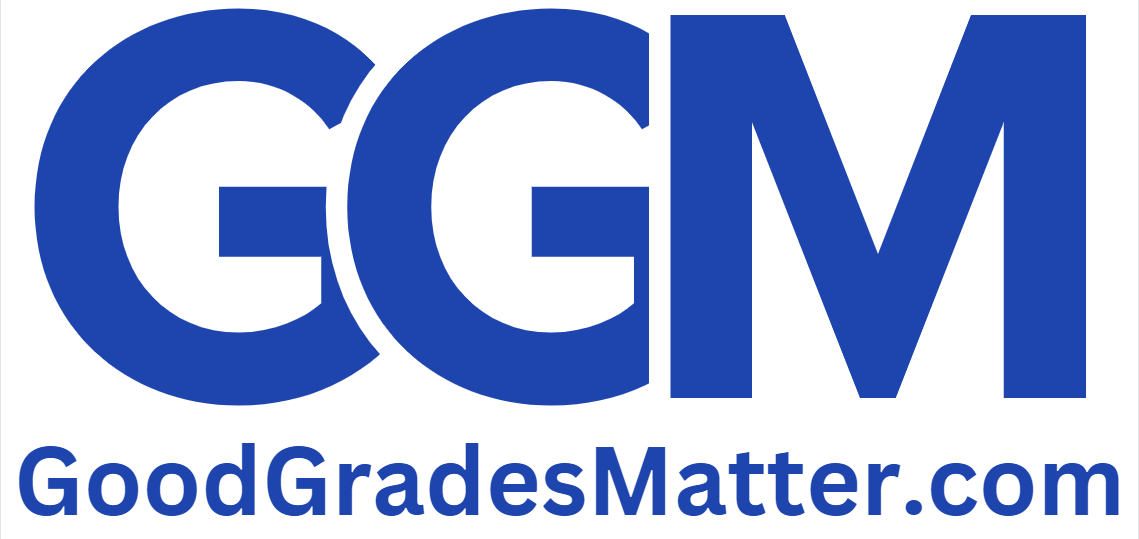MOS 4422 Case Write-up #1
Instructions
Each student will prepare two, four-page maximum, single-sided, double-spaced, 12-point font, 1-inch bordered case write-ups. Each student will prepare the same case. The case will be comprehensive and relate to the theory presented during the lectures. You will be evaluated based on how well you use the concepts and terms from the class to identify and then solve the proper governance issue(s) in the case as well as for providing clear recommendations to address the issues and the justification for your recommendations. These recommendations should state what the issue is, why it is a governance problem and how, specifically, to solve it. It is important that your analysis be at the right level meaning it addresses governance issues with governance best practice solutions – not at the operational level. I expect you to apply the correct concepts, the right way to address the most pressing issues. Students who simply provide a “list” of governance best practices without prioritizing the issues will not do well. You must think then make your recommendations, not just repeat what I have told you.
Apple: Corporate Governance and Stock Buyback – To get the case free, drop us a message
Even if a Write-up is handed in 10 or more days late (resulting in a grade of zero due to penalties), the Write-ups must be completed to pass the course.
Students’ written work is expected to be completely free of spelling or grammatical errors and will be evaluated by the following scale, regardless of content.
- 5 errors – overall grade reduced by 25%
- 5-10 – overall grade reduced by 50%
- > 10 – overall grade = zero
Spelling and grammar count in the real world. If you cannot communicate your ideas clearly they will be ignored, regardless of their quality. You must learn to be a professional in all your assignments.
Related: (Solution) MOS 4422 Case Write-up #2
Solution
The end of 2013 saw Carl Icahn, an influential activist shareholder, propose a significant share repurchase program at Apple. This move led to a notable standoff between Icahn and Apple’s executive leadership and board of directors. Central to this conflict was a divergence in perspectives: on one side, a major shareholder’s advocacy for swift returns to shareholders; on the other, the board’s commitment to Apple’s long-term strategic trajectory. This scenario is an emblem of a classic governance dilemma that shareholder activism may stand in contrast to the board’s vision, strategy planning, as well as big-picture concerns. This analysis focuses on the complex issues of corporate governance that emerged from this case. A set of recommendations will be achieved from this dissection that will be directed toward the resolution and mitigation of the governance issues that have been identified.
Governance Issue Identification
- Shareholder Activism vs. Board Autonomy
The center of Apple’s situation is a serious governance predicament that involves the agitation among the shareholders, led by Carl Icahn, and on the other side, the board’s autonomy to guide the firm through strategic courses. Shareholder activism, Icahn being a classic example, is usually a proxy for an attempt to use leverage to persuade companies to formulate their policies in such a way that the activist believes will create value for the shareholders…Please click on the Icon below to purchase the full answer at only $10




